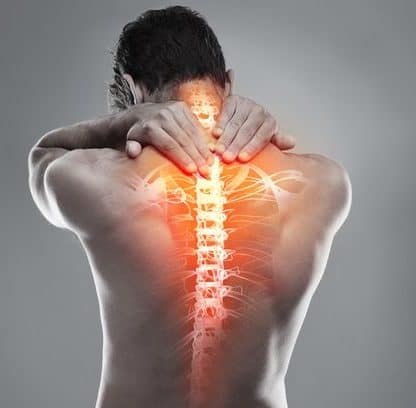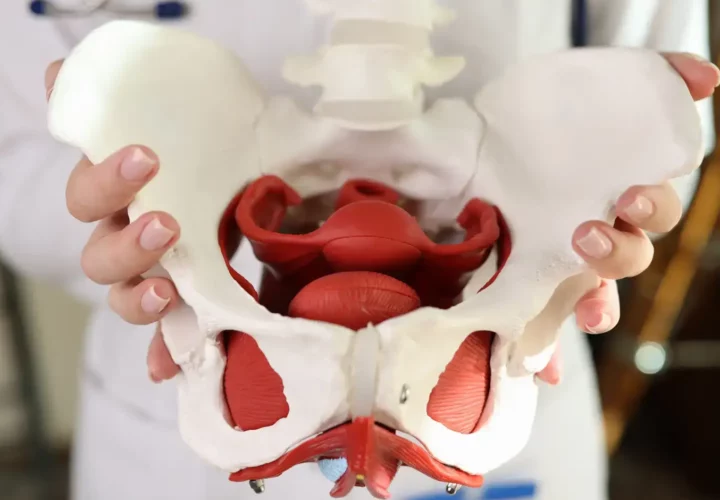We’ve talked in the past a lot about how pain is our body’s signal that it needs to rest. Usually we notice this most when our body is sending this signal for simple things like raising up our arms. However, this signal is also very important after activity. It is not just one action that is overworking a tissue, but a cumulative series of actions (working, exercising, playing sports, even going for longer walks). Our pain can often come afterwards, and can actually be delayed up to 24-48 hours after the aggravating activity. The body determines how much rest it feels it needs and how overused it feels because of that summation of motion.
However, because of this, we will often see patients who start to feel great in their typical daily activities, and then after attempting going back to “normal” activities, their pain comes back. This can often feel like a “re-injury,” but more accurately we call this a re-irritation. The tissue affected was not ready for the higher workload we put it through and is signaling that it still needs to be progressed towards this.
This is actually one of the reasons we think hamstring strains are so commonly re-injured in athletes. Because the tissue does not feel painful during competition it is assumed to be fine. Residual pain after is often dealt with by using pain killers and modalities. Modalities such as heat and ice, or massage feel good, but they do not increase the tolerance to load of that tissue. Thus this allows the pain to return the next time it is overworked, a re-irritation. But, since its loading tolerance has not been returned to normal, that tissue is prone to a true re-injury. This sets the athlete back even further.
While most of the population is not a high level athlete, we still need to take these principles into account and grade into all activity slowly. If our pain is too much after trying something, we need to back off the intensity or time with breaks the next time. This can mean we need to rest more when cleaning the house and lift lighter than normal in the gym. Perhaps shortening our exercise classes for awhile or driving shorter distances until our body is fully built back up to the load we need to go through.
So, if you are bouncing back from an injury, remember that if you are pain free at rest and during activity (whether light things around the house or heavy like in the gym), you also need to grade your pain in the following days. If your pain is coming back, it means you are not quite perfect yet, and need to continue building your tissue tolerance through exercise. But thankfully it does not necessarily mean you are in the midst of a setback. You are just working through a long continuum of rebuilding that is normal for all injuries!



